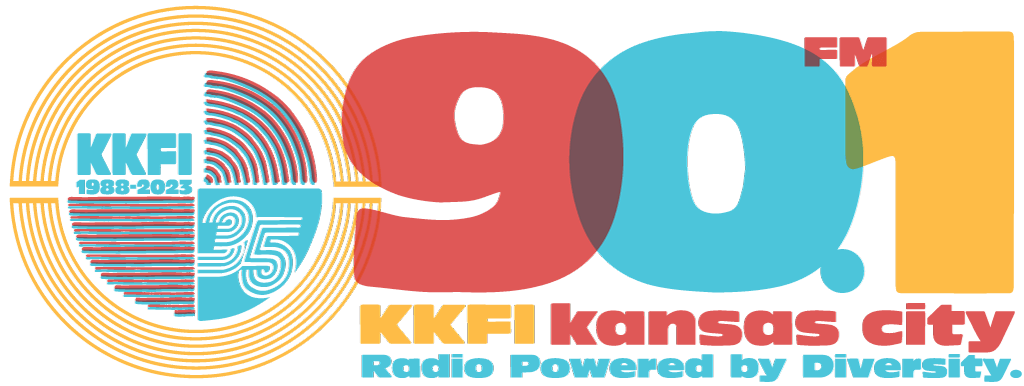Science and religion are often portrayed as the bitterest of enemies, or, at best, as the late evolutionary biologist Stephen Jay Gould termed them, “non-overlapping magisteria.” But the reality is often much more complex. In this episode, we speak with three historians of science and religion about a new Smithsonian exhibit and a new book that highlights the ways science and religion unfold together in current events. Sometimes their collaboration leads to new and positive developments, like the adaptation of technology for worship services during the COVID-19 pandemic, and sometimes it leads to injustice, like the marginalization of minorities and the eradication of native cultures. But, our guests agree, a better understanding of the interplay between science and religion will affect everything from politics and legal affairs to social services and even the arts.
Science and Religion: Making Sense of Things
Dr. Peter Manseau, the curator of American religious history at the National Museum of American History, discusses the purpose of the Smithsonian’s new exhibit, “Discovery and Revelation: Science, Religion and Making Sense of Things.” The exhibit, which runs through March 2023, hopes to reframe the way Americans think about science and religion; from bitter enemies with nothing in common to companionable characters in the American story.
Henrietta Lacks: Patron Saint of Science and Religion
As a consultant to the Smithsonian’s “Discovery and Revelation” exhibit, Dr. Myrna Sheldon, a historian of religion and science at Ohio University, wanted visitors to understand the direct impact science and religion have on individual lives. She singles out one object from the exhibit as instrumental in this – a life-size portrait of Henrietta Lacks by the artist Kadir Nelson. Mrs. Lacks was a Black woman with cervical cancer whose cells were harvested without her permission in the 1950s. Since then, they have helped doctors and scientists develop vaccines, cures, and breakthroughs. Sheldon describes the portrait – which is painted in the style of religious iconography and includes a bible and halo-like images – and what it illustrates about religion and science in American history.
Beyond Belief: Science and Religion and Individual Rights
Dr. Adam D. Shapiro is the co-author of “Science and Religion: A Very Short Introduction.” The book was originally published in 2008, but the interplay between science and religion has changed so much in the last decade, 50 percent of the book has been revised for re-release this month. Dr. Shapiro describes what has changed so much in the last decade, including changes in the perpetual debate over evolution in public schools, the use of technology by religious groups during the COVID crisis, and the general trend away from “what do we believe” to “what are our rights” in current conflicts between religion and science.



